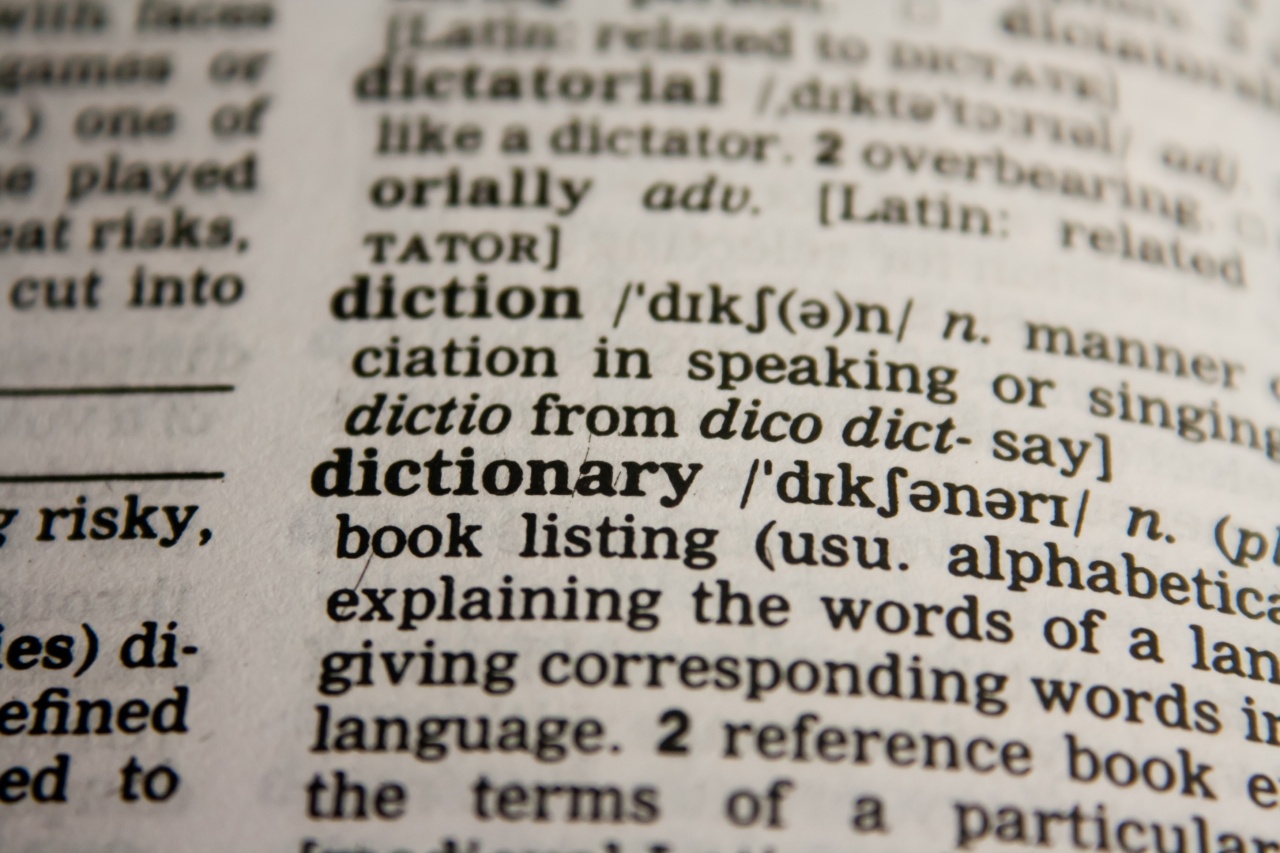Gender and vocabulary learning are two crucial aspects that intersect in the realm of language acquisition. Language learning is a complex process influenced by various factors, including individual differences such as gender.
This article aims to explore the relationship between gender and vocabulary learning, discussing potential differences, underlying factors, and practical implications.
The Influence of Gender on Vocabulary Learning
Research suggests that gender can indeed play a role in vocabulary learning. While it is essential to acknowledge that not all individuals within a gender group exhibit the same linguistic abilities or experiences, certain trends have been observed.
1. Vocabulary Size
One aspect where gender differences often emerge is vocabulary size. Studies have consistently shown that girls tend to exhibit larger vocabularies compared to boys at various ages and developmental stages.
This difference may stem from a combination of biological and environmental factors.
2. Learning Preferences
Gender-related learning preferences also come into play when it comes to vocabulary acquisition. Research has indicated that girls generally prefer verbal activities, whereas boys may gravitate towards visual or physical activities.
This preference divergence can influence vocabulary learning strategies and engagement levels.
3. Language Processing
Differences in language processing have been identified as another factor related to gender and vocabulary learning.
Neurological studies suggest that the brains of males and females process language differently, potentially impacting how vocabulary is acquired and retained.
4. Sociocultural Factors
Sociocultural factors can significantly influence vocabulary learning as well. Society often has distinct expectations and gender roles assigned to individuals, which may indirectly affect language development.
For example, girls might be encouraged to engage in more language-related activities, providing them with additional exposure and practice.
5. Motivational Factors
Motivation plays a vital role in vocabulary learning, and gender can influence this aspect.
While individual differences are abundant, research has suggested that girls tend to show higher levels of motivation and self-regulation than boys in language learning tasks. This increased motivation can contribute to more significant vocabulary gains.
Factors Influencing Gender-Based Vocabulary Differences
Various factors contribute to the observed gender differences in vocabulary learning. Recognizing these underlying influences can help develop effective strategies to support vocabulary acquisition for all learners, regardless of gender.
1. Biological Factors
Biological factors, such as hormonal differences and brain structure, have been associated with variability in vocabulary learning.
Hormonal variations during critical periods of brain development may impact language acquisition, potentially explaining some of the gender-based differences.
2. Socialization
Socialization plays a significant role in how gender influences vocabulary learning. From a young age, children are exposed to different linguistic experiences and expectations based on their gender.
These societal norms can shape language development and lead to differing outcomes in vocabulary acquisition.
3. Educational Environment
The educational environment also contributes to gender differences in vocabulary learning. Teaching methods, instructional materials, and classroom interactions can have varying effects on boys and girls, potentially favoring one over the other.
Creating inclusive learning environments that address the needs of all learners is essential.
4. Parental Influence
Parents play a critical role in shaping language development. Their interactions, language input, and attitudes towards language learning can differ based on the gender of their children.
These differential inputs can impact vocabulary acquisition and subsequent language abilities.
Practical Implications for Teachers and Parents
Awareness of gender-related differences in vocabulary learning can inform educational practices and support systems for teachers and parents. Here are some practical implications:.
1. Inclusive Teaching Materials
Teachers should aim for instructional materials that represent diverse genders and cater to different learning preferences. Incorporating a variety of activities, visuals, and themes can engage all learners effectively.
2. Promote Active Learning
Both teachers and parents can encourage active learning approaches that incorporate verbal, visual, and physical elements.
This allows learners to engage with vocabulary in ways that align with their individual preferences, optimizing their language acquisition process.
3. Foster Equal Opportunities
Creating equal opportunities for language exposure and practice is crucial in supporting vocabulary learning for all genders. Ensuring that both boys and girls have access to a variety of language-rich activities can help narrow the vocabulary gap.
4. Tailor Instructional Strategies
Recognizing that boys and girls may have different learning styles, teachers can employ varied instructional strategies that cater to diverse needs. Differentiated approaches can maximize vocabulary learning outcomes for all students.
Conclusion
Gender can influence vocabulary learning, with variations observed in vocabulary size, learning preferences, language processing, sociocultural factors, and motivation.
Biological, social, educational, and parental factors collectively contribute to these differences. Understanding the role of gender in vocabulary learning can guide educators and parents in creating inclusive environments and developing effective strategies.
By addressing gender-related differences, we can support all learners in achieving optimal vocabulary acquisition and language development.































